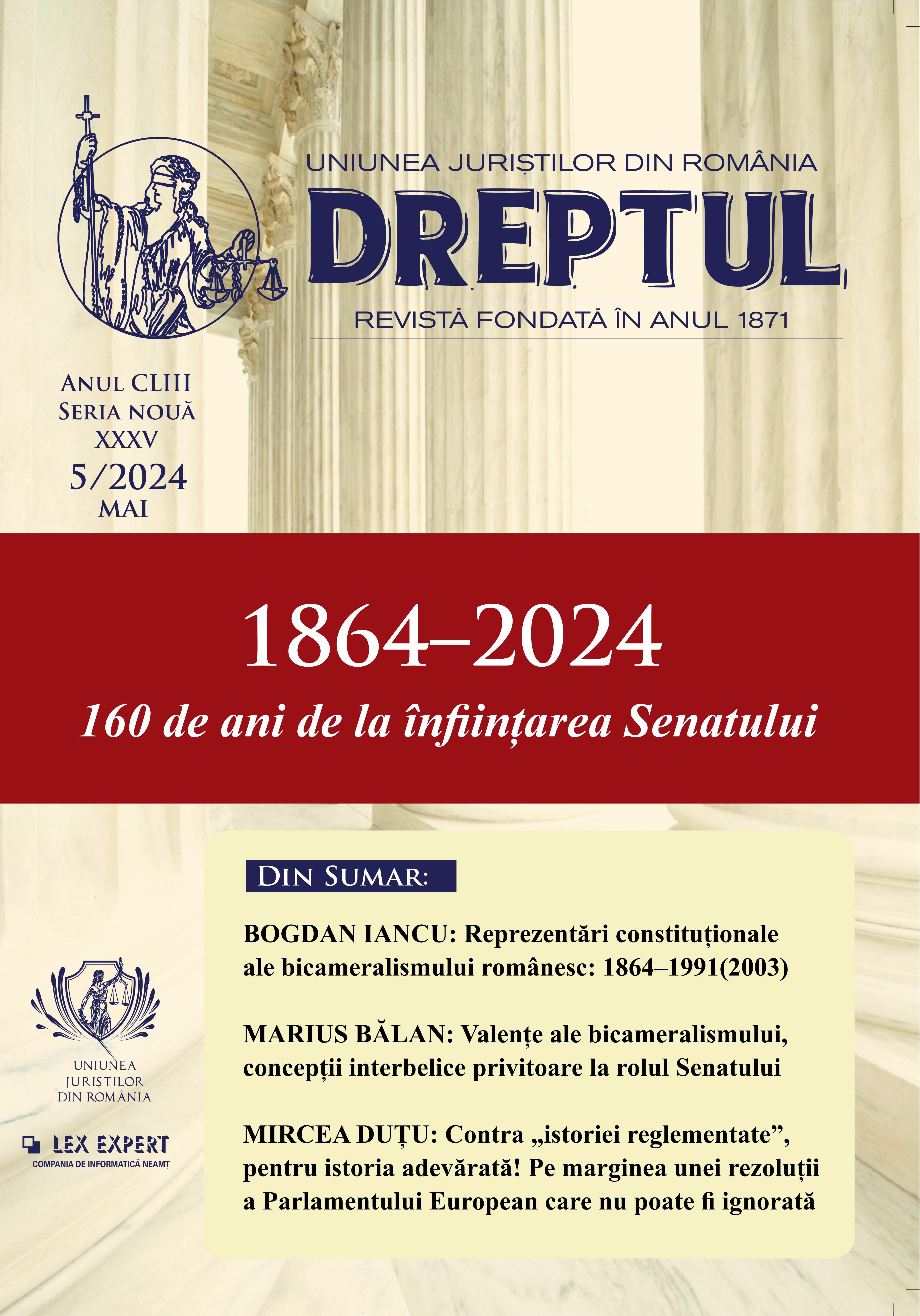Reprezentări constituționale ale bicameralismului românesc: 1864–1991 (2003)
Constitutional representations of the Romanian bicameralism: 1864–1991 (2003)
Author(s): Bogdan IancuSubject(s): Constitutional Law
Published by: Uniunea Juriștilor din România
Keywords: bicameralism; representative government; census distinctions; corporatism; symmetry; congruence; path-dependency;
Summary/Abstract: The study analyses the justifications for bicameralism, as revealed by constitutional debates in 1866, 1923, 1991. The need for an upper house was initially predicated upon higher property qualifications as a form of surrogate aristocracy. With the onset of universal franchise 1918, attempts were made in 1923, partly in corporatist key, to distinguish in terms of composition the two houses. In practice, irrespective of differences in composition, bicameralism functioned under both constitutions in a fully streamlined modality. The Constitution of 1991 created a bicameral parliament that is both symmetric and highly congruent. In terms of justification, this choice was made without much introspection, leaning reflexively on path-dependency, under Decree No 92/1990, and a shallow reception of tradition.
Journal: Revista „Dreptul”
- Issue Year: 2024
- Issue No: 05
- Page Range: 16-31
- Page Count: 16
- Language: Romanian
- Content File-PDF

